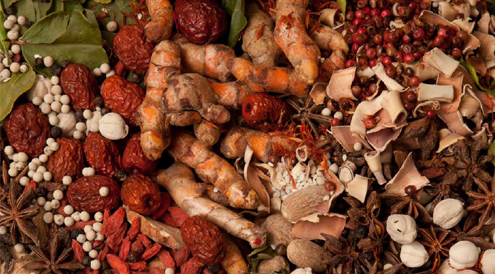
Listen closely to intense wine conversations and you might hear phrases like, ‘yes, it must have gone through malo’, ‘this wine ought to breath’. ‘tartaric was probably added’ or ‘poorly handled oak regiment’. Every industry and specialised field has its own language and wine is no different. When it comes to wine descriptions, there might be eight to ten adjectives attributed to one wine that can run the entire gamut of the citrus, tree fruit and tropical fruit families. In addition to the wide range of descriptors, the most frustrating aspect for a wine lover living and learning about wine in Asia is the lack of relevant terms to describe wine. The entire wine language is monopolised in the higher learning levels by the French and English languages. Without a certain amount of fluency in either one of these languages, one faces a huge disadvantage in pursuing the highest levels of wine learning. Nearly all modern scientific studies and papers on the latest wine research emerge from Europe, United Kingdom (UK), Australia or the United States (US). For international wine commentary and criticisms, it is monopolised by the English language and limited to discussions emanating from the UK and the US. With a large concentration of English wine writers and pontificators, most European wine terms and words have been anglicised. There is certainly a case here for linguistic imperialism but that would trigger an entirely different debate. After years of feeling frustrated and limited in the area of wine description, I began to work on expanding the lexicon of wine to make it more relevant to a growing number of Asian wine lovers and students. Take Cabernet Sauvignon for example: instead of using blackcurrants, why shouldn’t we think about Chinese dates, either in dried or fresh form? When I ask a Hong Kong-based wine student how many times they have come across blackcurrants, the most common response is ‘never’ whereas with red dates, it is ‘every week’. We are blessed to have a wealth of wonderful ingredients at our disposal – consider dragon fruit, longan, lemongrass, persimmons, wolfberries, star fruit, rose apples, waxberries and mangosteens. Why think about bacon when we have char siu? Why not egg tart instead of English biscuits? What about seaweed for minerality in white wines? We consume a huge range of seaweeds, from dried, fresh to a wide range of colours and species. This is a relevant descriptor to many crisp white wines from Muscadet to Chablis and Pinot Grigio. The sheer range of flavour expressions used in classic wine descriptions can already be confusing. My Asian wine students have often asked me how a wine can taste like blackberries, cinnamon, liquorice, chocolate and plums all at the same time. To sift through this array of choices, the focus is on limiting choices and using a select handful for each wine style and grape variety. Thus for Cabernet Sauvignon, I suggest focusing mainly on different types of red dates and how this ingredient relates to this variety’s expression whether it is produced in Bordeaux, California or Chile. While we may have a wealth of new Asian descriptors at our disposal, replacing traditional terms is not the purpose. The mastery of classic western descriptors is essential to get wine students through the Master of Wine exam or the Wine and Spirit Education Trust Diploma exam. It will take a generation or two for new Asian-based terms to become accepted in these higher learning institutes so for the moment, I advise all wine students to learn both – one set of descriptors will enable you to better recall and remember familiar flavours while the other will get you through wine exams. Descriptors are inherently subjective, so treat them as starting points to finding your own vocabulary, terms which will help you remember, describe and communicate the styles of wine that will ultimately bring you the most pleasure. Wine communication is riddled with pitfalls. For every statement, there is likely to be an exception and for every descriptor, there is bound to be numerous varieties that fit the description. The simple goal is to broaden our minds and palates to reference points that may be an everyday part of our reality. Wine has filtered into our lives across the diverse cities in Asia, changing the way we eat and introducing a whole new spectrum of flavours to our palate. It is changing the way we view our meals, making us think more deeply about the beverage that accompanies it. At times wine helps us to slow down and savour the flavours more than before, and hopefully, we derive greater pleasure by the simple addition of wine at our dining table.
As the fastest and largest growing wine consumption region in the world, Asia is in a position, not to follow, but to lead. Rather than memorising a list of flavour descriptors that have little relevance to the Asian dining experience, we have the opportunity to expand the lexicon of wine.
Jeannie’s new book Mastering Wine for the Asian Palate , which introduces an entire new lexicon of Asian descriptors, will be available in all major retail book stores in June 2011.
Reprinted with permission from South China Morning Post









